The Razor’s Edge by AC/DC
Buy The Razor’s Edge AC/DC showed the world that they were still an energetic and formidable band as they commenced the 1990s with the successful album, The Razor’s Edge. The music is upbeat […]
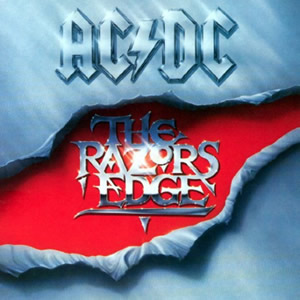
Buy The Razor’s Edge AC/DC showed the world that they were still an energetic and formidable band as they commenced the 1990s with the successful album, The Razor’s Edge. The music is upbeat […]

Buy The Madcap Laughs After his tumultuous exit from Pink Floyd, Composer, guitarist, and vocalist Syd Barrett spent several years working on his debut solo album, The Madcap Laughs. Beginning in April 1968, […]
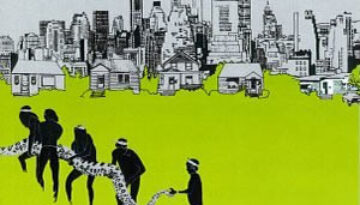
Buy The Hissing Of Summer Lawns Joni Mitchell continued her musical evolution from folk and pop towards free form jazz with her adventurous 1975 album, The Hissing of Summer Lawns. The album incorporates […]
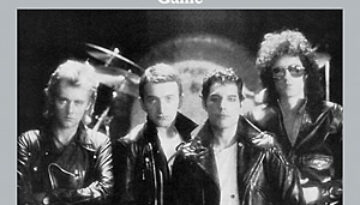
Buy The Game Queen reached their commercial peak in the U.S.A. with the 1980 release of their eighth studio album, The Game. This was the only album by the band to reach the […]
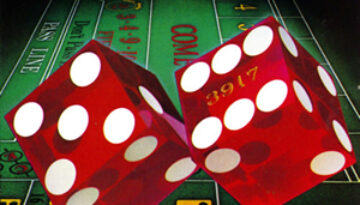
Buy Straight Shooter Bad Company returned in 1975 with their sophomore album, Straight Shooter, which built on the successful formula of their 1974 debut album while adding some variety in arrangement. The quartet […]
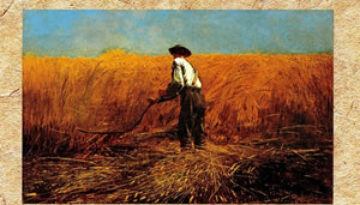
Buy Southern Accents Tom Petty & the Heartbreakers found a nice blend of mid-eighties pop and their traditional rock sound on 1985’s Southern Accents. This sixth album by the group (and first new […]
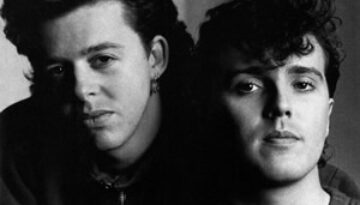
Buy Songs From the Big Chair In the 1980s, Tears For Fears was a progressive/new wave project by composer and vocalist Roland Orzabal and bassist Curt Smith. They reached their commercial peak with […]
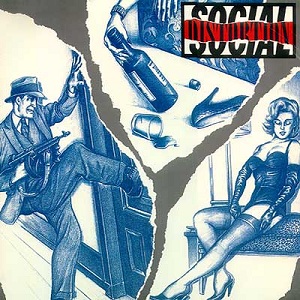
Buy Social Distortion After working for over a decade to refine their sound, Social Distortion finally got their opportunity for a major label release in 1990. Their third overall album, Social Distortion, displays […]
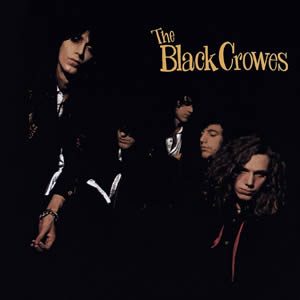
Buy Shake Your Money Maker The Black Crowes’ impressive debut brought old-school, blues-flavored rock to the forefront in 1990. A quarter century after its release, Shake Your Money Maker is still the group’s […]
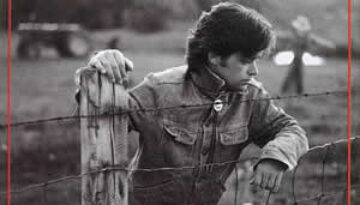
Buy Scarecrow While much of popular music in 1985 was moving towards more synth-based compositions and refined production, John “Cougar” Mellencamp decided to return to his roots on Scarecrow. In fact, Mellencamp was […]